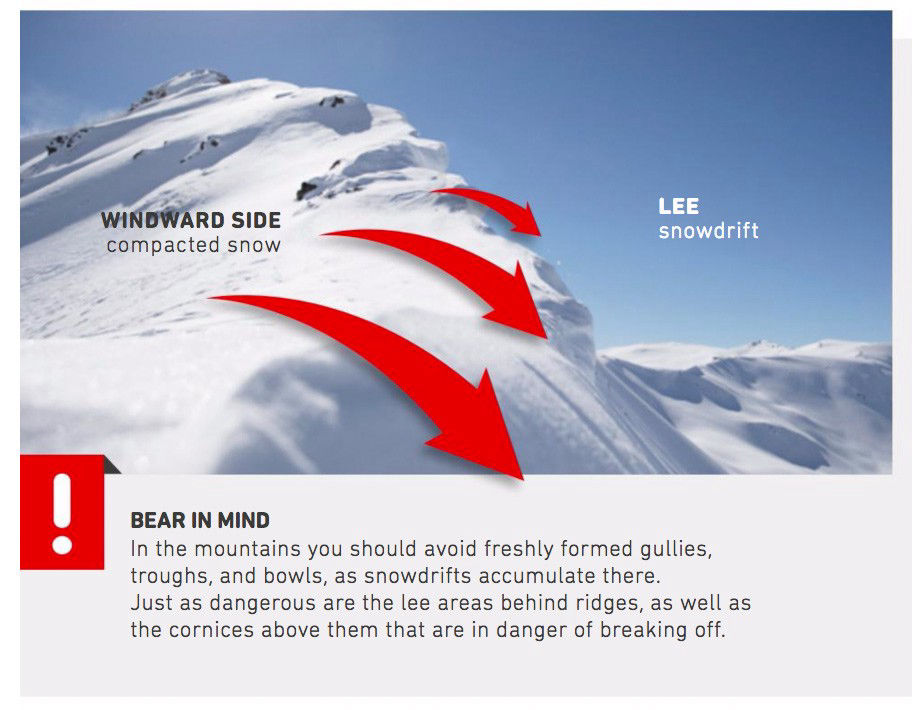
LOOKING BEYOND THE HUMAN ELEMENT
Factors that contribute
towards avalanches
It’s great skill to know the positives and negatives of new snow fall as you look to expand your off piste skill set. You might be chomping at the bit to hit those fresh slopes, but there could be a number of hazards just waiting to catch you out. So lets look at the factors beyond just the human element that can have an effect on the level of potential avalanche risk.





